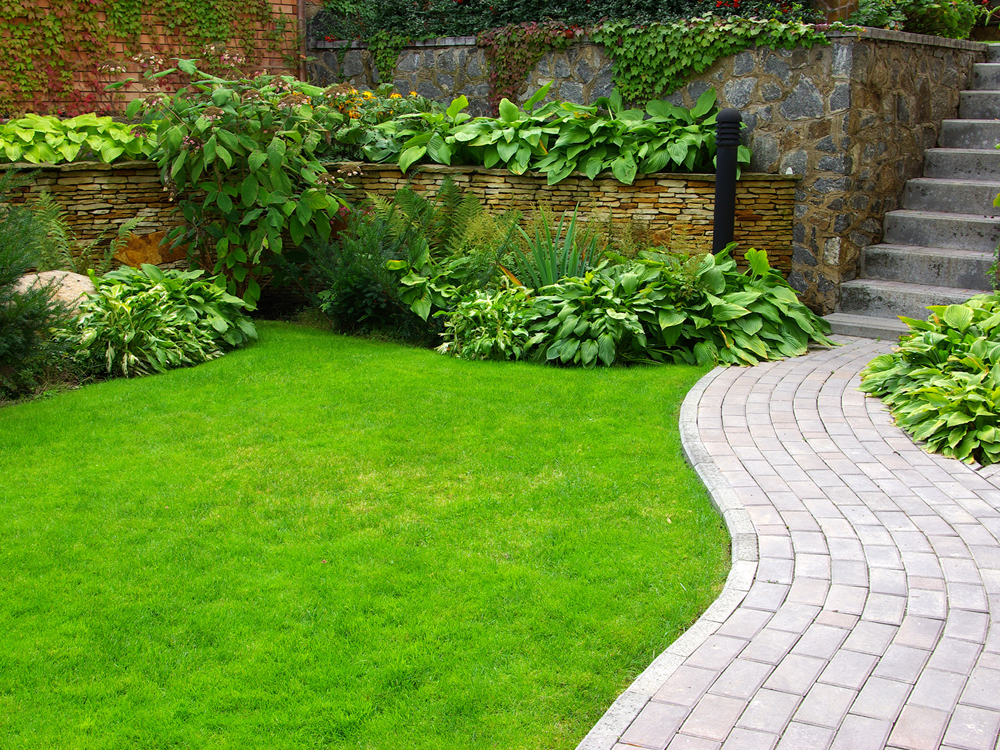Creating a landscape that not only beautifies your property and also promotes wildlife is becoming increasingly important. With more people look to their gardens for relaxation and pleasure, there's a growing desire to create settings that draw birds and insects. Adding components that invite these creatures does not only enhance the beauty of your property while also aids to the well-being of local habitats.
In the following sections, we will explore the craft of landscaping for wildlife, focusing on how the right design choices can connect nature closer to home. From selecting native plants to establishing water features, we will dive into practical tips and green practices that help create a thriving habitat for birds and pollinators. Whether you are a seasoned gardener or new to gardening, you'll find valuable insights that make your outdoor space into a haven for wildlife, fostering a lively and diverse environment.
Advantages of Expert Landscaping
Putting money in expert landscaping can significantly enhance the visual appeal of your property. A well-designed landscape not only enriches your outdoor space but also creates a inviting atmosphere for both residents and visitors. Professional landscapers have the experience and expertise to select vegetation and design layouts that complement the architectural style of your home or business, ensuring a harmonious and appealing appearance.
One more benefit of hiring a landscaping service is the practicality it brings to your outdoor space. Professionals know how to create usable areas that suit your lifestyle needs, whether it’s a space for hosting guests, taking it easy, or planting. They also have the equipment and expertise necessary to implement features such as sprinkling systems, lighting, and pathways that improve usability while upholding the beauty of your yard.
Additionally, professional landscaping can boost the value of your property. Grounds Maintenance North Yorkshire and businesses with well-maintained landscapes are often more attractive to potential buyers, and research have shown that good landscaping can lead to greater appraisal values. This expenditure not only boosts your immediate enjoyment of the space but also gives long-term financial benefits, making it a wise choice for residential managers and commercial property owners alike.
Eco-friendly Landscaping Practices
Sustainable landscaping is about creating a garden that not only enhances aesthetics but also benefits the environment. By using Garden Maintenance North Yorkshire , which are suited to the local climate and soil traits, homeowners can create a flourishing ecosystem that requires minimal water and minimal maintenance. Indigenous plants provide essential habitats for native wildlife, including birds and bees, making your garden a refuge for these species. This approach reduces the requirement for chemical nutrients and pesticides, fostering healthier soil and flora in your yard.
Adopting water-saving techniques is another cornerstone of sustainable landscaping. Strategies such as low-water landscaping emphasize designing landscapes that require minimal irrigation, helping save water. Creating rain gardens and permeable paving can efficiently manage stormwater runoff, preventing soil erosion and lowering the risk of flooding. By designing for optimal water use, homeowners not only help environmental sustainability but also save on water costs over the long run.
Furthermore, embracing eco-friendly resources and maintenance practices supports a more sustainable planet. For Garden Maintenance North Yorkshire , using natural fertilizers and natural pest control techniques can improve plant health without adding harmful chemicals into the environment. Composting yard waste enriches the soil and reduces the requirement for synthetic products. By focusing on these sustainable practices, you can create a stunning landscape that thrives while positively impacting local ecosystems and building a more sustainable future.
Attracting Animals to Your Yard
Building a animal-friendly garden starts with choosing the appropriate plants that offer sustenance, homes, and nesting areas for multiple species. Choose local plants that are compatible to your local weather and earth, as these will attract local birds, honeybees, and moths more successfully than exotic varieties. Adding a varied range of blooming plants will ensure you have floral displays throughout the year, supplying crucial resources for bees and butterflies whenever they visit.

Besides plant choice, contemplate incorporating elements like avian shelters, bat boxes, and bee habitats into your garden design. These elements offer protected areas for wildlife to stay and can help boost species variety in your garden. Aquatic elements, such as birdbaths or little ponds, not only beautify the aesthetics of your garden but also supply an important resource for wildlife and other creatures, especially during dry periods.
In conclusion, minimizing chemical use and choosing organic gardening practices will create a better habitat for beneficial insects and wildlife. By adopting a holistic approach to garden maintenance, you can assist sustain the local ecosystem while valuing the vibrant life that thrives in your yard. Creating a welcoming habitat for wildlife not only promotes ecological diversity but also increases the overall enjoyment and visual appeal of your landscape.
